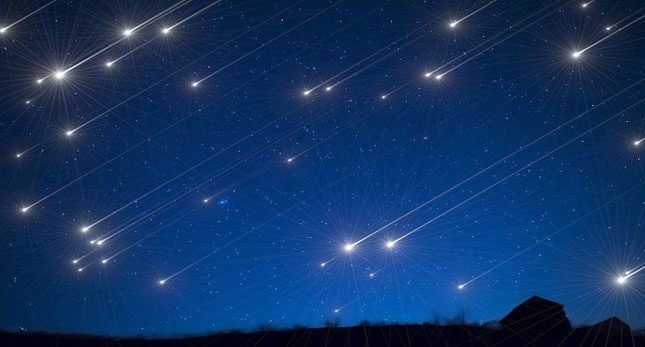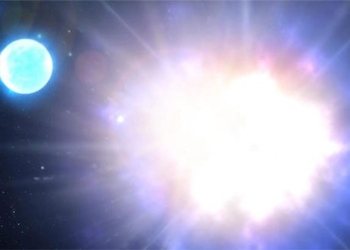On the night of December 13, into the early hours of December 14, astronomy enthusiasts will have the opportunity to witness the Geminids meteor shower, one of the two most spectacular meteor showers of the year.
Together with the Perseids meteor shower, the Geminids meteor shower ranks among the most beautiful meteor showers of the year. At its peak, observers can see between 100 and 120 meteors per hour.
The Geminids meteor shower originates from the asteroid 3200 Phaethon, which collides with the Earth’s atmosphere. This meteor shower occurs annually from December 7 to 17, peaking on the night of December 13 into the early hours of December 14.
This year’s peak of the Geminids coincides with the early phase of the lunar month. Therefore, observations of the meteor shower will be less affected by moonlight.

On the night of Wednesday, into early Thursday (December 13-14), the Geminids meteor shower will take place.
The best time for observation is after midnight, so it is advisable to choose a location that is clear, with minimal artificial light and air pollution.
Observers can look towards the constellation Gemini, the center of this meteor shower. However, meteors can appear anywhere in the sky. Be sure to check the weather forecast if you plan to observe.
Following the Geminids, astronomy lovers will also have the chance to see the Ursids meteor shower on the night of December 21 into the early hours of December 22. However, this is a smaller meteor shower, producing only about 5 to 10 meteors per hour.
This year’s peak of the Ursids coincides with a full moon, making observation quite challenging.





















































